Table of Content
Executive Summary
1. Introduction
2. Patent Landscape Overview
2.1. Patent Family Analysis
2.2. Patent-Market Coverage
2.3. Geographical jurisdiction
2.4. Top Applicants
2.5. Market Coverage of Top Applicants
2.6. Top Owners
2.7. Highly-Cited Applicants
3. Technology Analysis
3.1. Top Technologies
3.1.1. Top Technologies by Class
3.1.2. Top Technologies by Sub-Class
3.1.3. Top Technologies by Main-Group
3.1.4. Top Technologies by Sub-Group
3.2. Five Recent dominant technologies
3.3. Key Patents
3.4. The main themes of patents
3.5. Technology clustering
3.6. Top inventors
4. Market and Competitor Analysis
4.1. Collaboration
4.1.1. Top Ten Applicants’ collaborations
4.1.2. The strongest cooperation networks
4.2. Top applicant activity
4.3. Pioneer companies in the last 5 years
4.4. Top applicant clustering
4.5. Pending patents
5. Key Players’ Patent Profile
5.1. UOP LLC
5.1.1. Patent family analysis
5.1.2. Top Technologies
5.1.3. Collaboration
5.1.4. Key patents
5.1.5. Topic modeling
5.1.6. Patents clustering
5.2. SABIC Global Technologies BV
5.2.1. Patent family analysis
5.2.2. Top Technologies
5.2.3. Collaboration
5.2.4. Key patents
5.2.5. Topic modeling
5.2.6. Patents clustering
5.3. Saudi Arabian Oil Co
5.3.1. Patent family analysis
5.3.2. Top Technologies
5.3.3. Collaboration
5.3.4. Key patents
5.3.5. Topic modeling
5.3.6. Patents clustering
Description
The Liquefied Petroleum Gas (LPG) Patent Landscape Report provides an in-depth patent landscape analysis, covering 7,928 patents from 2010 to 2024, collected across major global jurisdictions. This comprehensive dataset is derived from international patent filings and includes details on market trends, growth projections, and technology clustering, forming the basis for examining the evolution of LPG-related technologies. By integrating both quantitative and qualitative data, the report establishes a solid foundation for assessing patent applications, technological advancements, and market growth in the LPG sector. This multifaceted approach supports insights into current competitive positioning and potential areas for future expansion in energy storage, transportation infrastructure, and sustainable fuel applications.
The report is organized into key sections, each offering critical insights into various aspects of the LPG industry. The primary sections include the Patent Landscape Overview, Market and Competitor Analysis, Technology Analysis, and Key Players. Each section provides a unique viewpoint designed to support strategic decisions for research, investment, and competitive positioning within the LPG domain.
Landscape Overview
The landscape overview presents a clear picture of patent activity in LPG technologies, tracing trends from 2010 to 2024. The analysis shows steady growth in filings, with a surge after 2016 and a peak in 2021. China leads globally in patent registrations, followed by the United States, Europe, Japan, and South Korea, reflecting strong innovation momentum in both established and emerging markets. This trend mirrors growing adoption of LPG in power generation, transportation fuels, household energy, and petrochemical feedstocks, alongside efforts to enhance efficiency, safety, and sustainability.
Market Analysis Section
The market analysis explores the commercial dimensions of the LPG sector, including global market value, regional segmentation, and growth dynamics. The global LPG market exceeded $270 billion in 2023 and is projected to continue expanding with a CAGR of 4–6% through 2030. Key growth drivers include rising demand for clean cooking fuel, increasing petrochemical feedstock consumption, and adoption of LPG in transportation. The Asia-Pacific region dominates demand, driven by India and China, while North America and Europe lead in technological innovation and infrastructure modernization. Alignment between high patenting activity and strong commercial demand is most evident in residential energy, industrial heating, and mobility applications.
Technology Analysis Section
This section reviews the core innovation domains shaping LPG development, including:
Storage and distribution systems (advanced cylinders, bulk storage, cryogenic tanks).
Safety and leak detection technologies (sensor networks, IoT-based monitoring).
Clean combustion and emission reduction (low-NOx burners, hybrid LPG systems).
Integration with renewable energy systems (bio-LPG production, hybrid LPG–solar solutions).
Advanced catalysts and processing technologies for LPG reforming and petrochemical production.
Top IPC categories include F17C (storage vessels), F23D (burners), C07C (hydrocarbon processing), and G01M (testing/leak detection). Emerging trends highlight digital integration with IoT-enabled safety systems, modular storage/distribution infrastructure, and bio-LPG pathways for sustainability.
Top Player Section
The top player section examines the contributions of major organizations advancing LPG technologies. Leading entities include:
China Petroleum & Chemical Corporation (Sinopec) – Extensive portfolio in LPG production, storage, and distribution.
Saudi Aramco – Focused on downstream integration, petrochemical feedstocks, and infrastructure.
TotalEnergies SE – Strong in clean combustion, distribution logistics, and energy transition strategies.
ExxonMobil – Emphasis on advanced LPG processing and petrochemical integration.
Indian Oil Corporation (IOC) – Innovation in household LPG access, distribution safety, and smart cylinder systems.
Smaller innovators and academic institutions contribute to niche technologies such as bio-LPG production, leak detection sensors, and renewable-LPG integration. Collaboration networks across Asia and Europe indicate strong partnerships in scaling safety and sustainability technologies.
Overall
The report provides a comprehensive view of the LPG industry’s technological and commercial trajectory — from patent activity to market trends, competitive positioning, and future opportunities. By interlinking patent insights with industry dynamics, it presents a cohesive picture of how LPG is evolving as both a conventional energy source and a transitional fuel toward cleaner energy futures. This makes the report an essential resource for stakeholders evaluating opportunities in R&D, infrastructure investment, policy, and market expansion.
What You Will Get
100+ Pages PDF Full Report
40+ Pages PDF Slides
Excel File of each figure including extended data
People Who Might Be Interested in the Report
Chief Technology Officers
Business Development Professionals
Corporate Strategy Executives
R&D and Innovation Officers
Investment Analysts
Product Managers
Energy & Infrastructure Directors
Quality Assurance and Safety Managers
Vice President – Engineering
Vice President – Operations
Heads of Energy & Petrochemicals
Policy Analysts & Regulators
Industrial Automation Experts
Market Intelligence Specialists
Heads of Innovation
Strategy Heads
Chief Operating Officers
Business Analysts
Energy Transition Consultants
Academics & Researchers


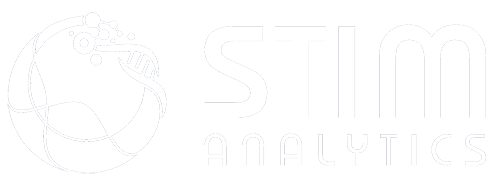
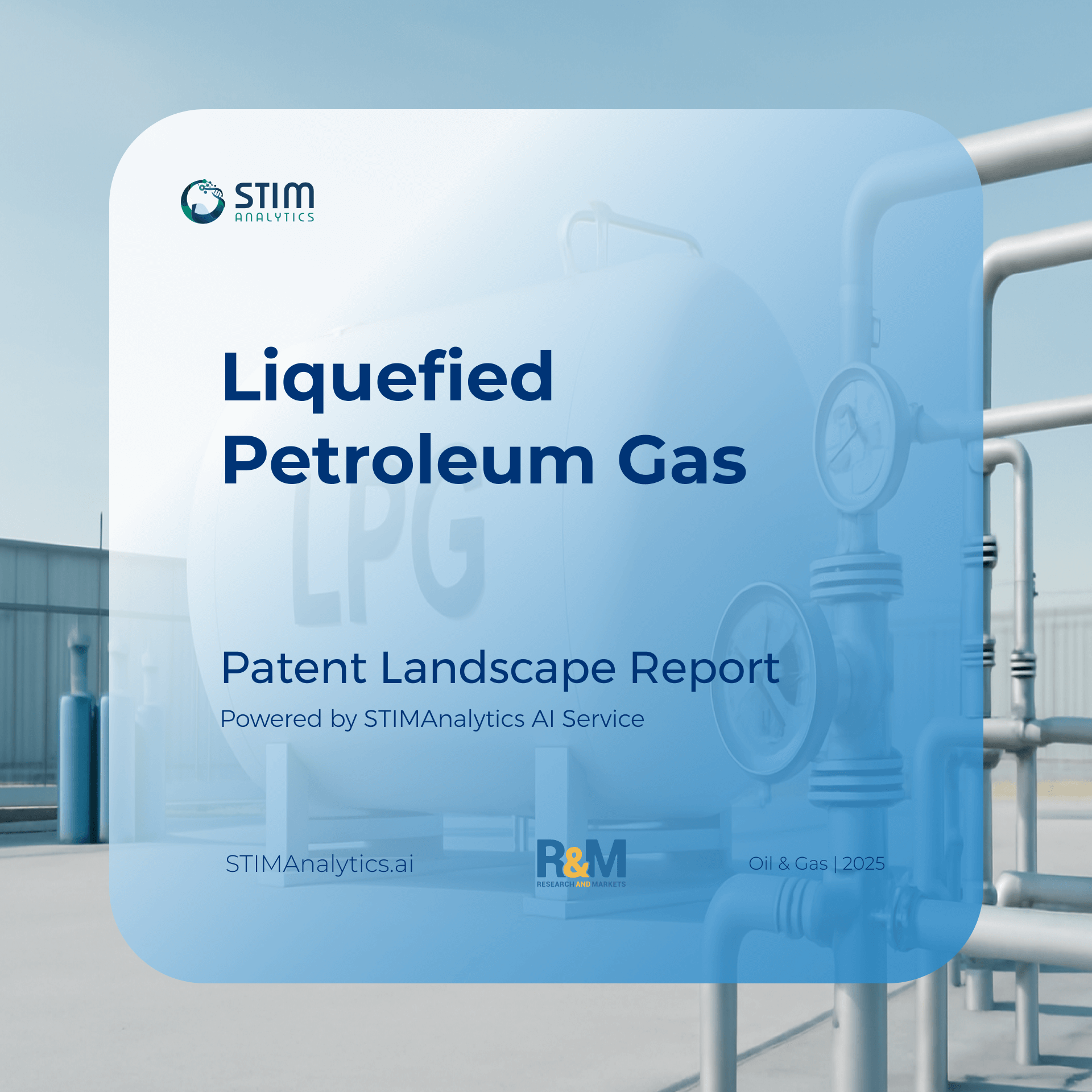
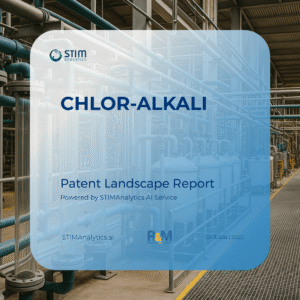
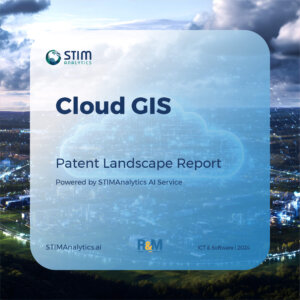
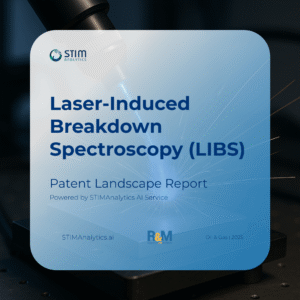
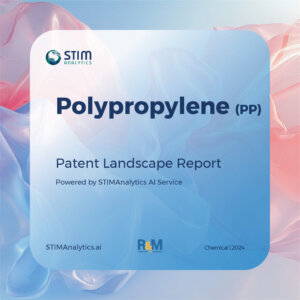
Reviews
There are no reviews yet.